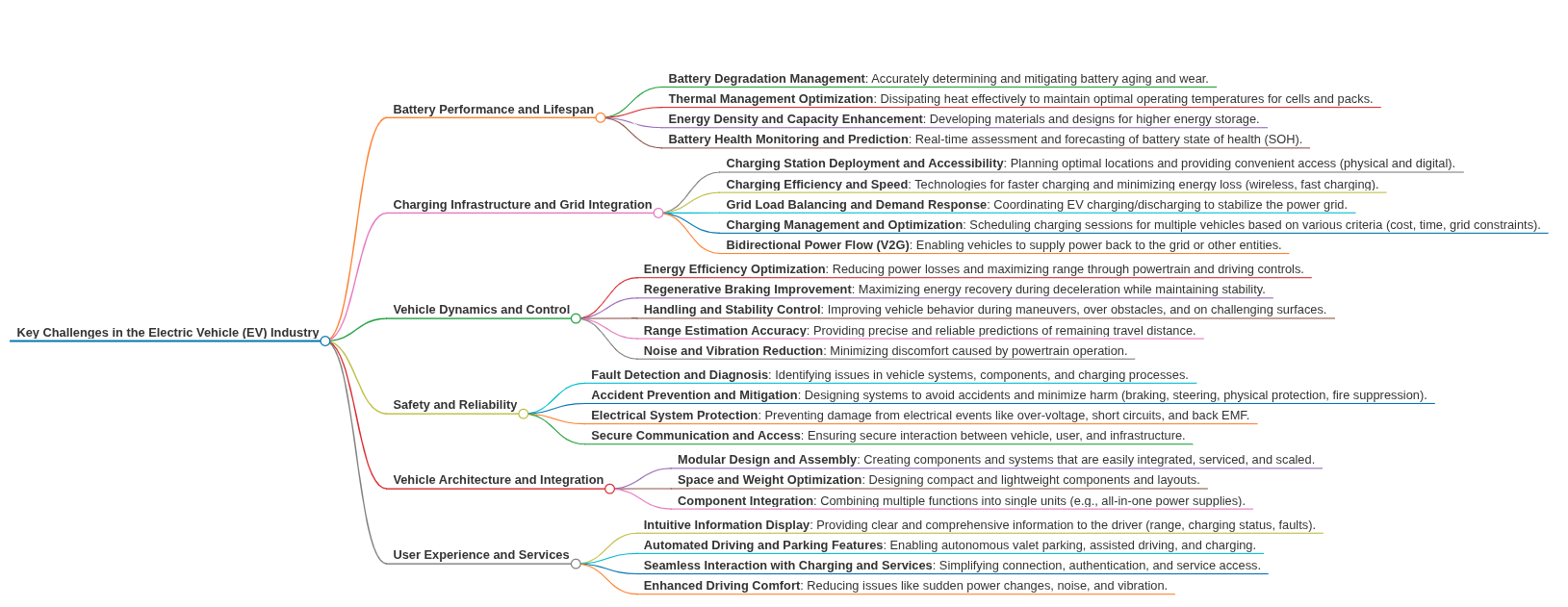Ionic Conductivity Improvement in Lithium Iron Phosphate EV Batteries at Low Temperature
Lithium iron phosphate (LFP) batteries experience significant ionic conductivity degradation at temperatures below 0°C, with capacity retention dropping by 30-40% at -10°C and internal resistance increasing threefold compared to room temperature operation. This fundamental limitation stems from slowed lithium-ion diffusion kinetics within the electrode structure and across interfaces, resulting in reduced power delivery capabilities precisely when electric vehicles require additional energy for cabin heating.
The engineering challenge lies in enhancing low-temperature ionic mobility without compromising the inherent safety, cycle life, and cost advantages that make LFP chemistry attractive for mass-market electric vehicles.
This page brings together solutions from recent research—including carbon-nanotube enhanced conductive networks, polyaniline-modified cathode structures, dual-layer electrode configurations with optimized binder systems, and particle size distribution engineering. These and other approaches offer practical pathways to improve cold-weather performance while maintaining the manufacturing scalability required for automotive applications.
1. Lithium Iron Phosphate Cathode with Polyaniline-Enhanced Conductivity and Ion Transport for Solid-State Batteries
TSINGHUA SHENZHEN INTERNATIONAL GRADUATE SCHOOL, 2023
Lithium iron phosphate cathode for solid-state batteries that combines enhanced electronic conductivity with improved ion transport properties. The cathode comprises lithium iron phosphate (LFP) particles, a binder, conductive carbon black, and a positive electrode additive that incorporates polyaniline (PANI) or doped PANI. The additive enhances electron transport within the cathode while reducing ion migration barriers, enabling stable matching between the LFP cathode and PVDF-based solid electrolyte. This design addresses the limitations of traditional LFP cathodes in solid-state batteries by incorporating conductive materials that facilitate both electron and ion transport.
2. Positive Electrode Sheet with Carbon Nanotube Coating and Dispersed Single-Walled Nanotubes on Lithium Iron Phosphate Active Material
XIAMEN KNANO GRAPHENE TECHNOLOGY CO LTD, 2023
Positive electrode sheet for lithium-ion batteries with enhanced conductivity and stability. The sheet comprises a current collector, a positive electrode active material, and a carbon nanotube (CNT) coating on the current collector surface. The active material contains lithium iron phosphate and dispersed single-walled carbon nanotubes, with some nanotubes attached to the material surface. The CNT coating on the current collector enhances the three-dimensional network structure, while the active material maintains its conductivity properties. This configuration provides improved electron and ion transmission channels, particularly during long cycle discharges, while maintaining the stability of the battery.
3. Lithium Iron Phosphate Electrode Sheet with Carbon-Coated Material and Specific Surface Coating Density
SHANGHAI LANJUN NEW ENERGY TECHNOLOGY CO LTD, 2022
Lithium iron phosphate (LiFePO4) positive electrode sheet for lithium-ion batteries that achieves improved performance through optimized material processing. The sheet comprises a current collector and a carbon-coated LiFePO4 material with a surface coating density of 10-26 mg/cm^2, along with conductive additives and binders. The carbon coating enhances LiFePO4 conductivity while maintaining surface density. The optimized material composition and processing conditions enable enhanced electrochemical performance, including improved kinetics and energy density, compared to conventional LiFePO4 electrodes.
4. Lithium Iron Phosphate 18650 Battery with Optimized Cathode Morphology and Enhanced Thermal Management System
HVVEA AMPEREX CO LTD, 2018
High-safety, high-energy, long-cycle lithium iron phosphate 18650 lithium battery with enhanced thermal stability and low-temperature performance. The battery features a lithium iron phosphate cathode with optimized particle morphology, enhanced thermal management system, and improved mechanical structure. The design addresses critical issues such as thermal runaway and fire risk in lithium iron phosphate batteries, while maintaining high energy density and long cycle life.
Get Full Report
Access our comprehensive collection of 4 documents related to this technology
Identify Key Areas of Innovation in 2025

